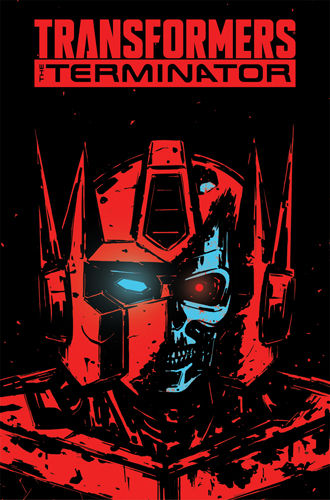Comics Review: Teenage Mutant Ninja Turtles: The Last Ronin – The Lost Years
- Very Average Joe
- Jun 14
- 3 min read
Title: Teenage Mutant Ninja Turtles: The Last Ronin – The Lost Years
Story: Kevin Eastman & Tom Waltz
Script: Kevin Eastman & Tom Waltz
Art: SL Gallant, Maria Keane, Ben Bishop & others
Colors: Ronda Pattison & Luis Antonio Delgado
Lettering: Shawn Lee
Publisher: IDW

This review assumes that one has read The Last Ronin released between 2020 and 2022.
The Last Ronin – The Lost Years was released in 2023, also spanning 5 issues. The narrative alternates between two plotlines: “THEN” serves as a prequel that follows Michaelangelo through the years leading up to his return to New York City; and “NOW” serves as a sequel that follows Casey Jones and her mother, April O’Neil, training their teenage turtles.
One could argue this story is unnecessary since The Last Ronin stands well on its own, especially given the ending. It is arguably more poignant that way and having another installment might cheapen it.
That said, if one is to continue the story for the new turtles, then watching them grow up is a necessary setup. That on its own may not be eventful enough so it makes sense to also retrace what Michaelangelo did before his campaign in New York City.
On balance, The Lost Years, perhaps surprisingly, does a decent job. It starts with Michaelangelo in Hokkaido waiting to die alone. He doesn’t so he meditates and tries to live by farming and fishing. This relative peace does not last long when local thugs pick a fight. It turns out that said thugs are part of some crime syndicate led by one called “Death Worm”.
Michaelangelo escapes but, of course, Death Worm’s people are everywhere, so the lone turtle eventually comes across the members of the gang again. Death Worm and his minions are the primary conflict of this story.
Michaelangelo constantly sees his brothers and is reminded of his loss. He considers the deaths of his brothers, Master Splinter and friends to be all his failures. The narrative emphasizes that he carries the guilt and grief the whole time. Sometimes this is done well, sometimes a bit too crudely as the narrative “tells” rather than “shows”. The contrast to the present-day story in which Michaelangelo is not around to enjoy the relative peace that Casey, April and the four turtles enjoy is a little sad.
In the present, Casey and April raise their teenage turtles. These siblings are deliberately different enough to be moderately interesting. Like many traditional comics/manga, the group is gender-balanced: Uno (male), Moja (female), Odyn (male) and Yi (female). Their appearances are sufficiently different to be recognizable without the color-coding.
Their personalities are not too strongly established, nor are their choice of weapons. Perhaps that is intentional given that they are still very young. Either way, there is a bit of mixing and matching of the familiar traits. For example, Uno is the most competent fighter but does not have the discipline of Leonardo, and Odyn is the biggest like Raphael but is probably the least competent. Moja is tech-savvy and is essentially Donatello without being too nerdy but a little impatient.
Given that Michaelangelo’s plot has an obvious conflict, the present-day narrative gets away with being more mundane which it needs to be. Too much and/or too intense a conflict at their age is too implausible and too cheesy. Sure, it’s New York City and there are always threats but Oroku Hiroto is dead. The plot wisely provides a little slice-of-life and, although structurally a little crude, chunky expositions are used for retelling some history and worldbuilding.
The art, as in the previous work, is mostly well-executed with clean linework and solid colors. The past and the present are drawn by different artists so it does look a little different but without being jarring. Generally, Michaelangelo’s story has darker and harder tones whereas the present-day story is brighter and softer.
Thankfully, mostly gone are the thick and ragged black and white linework. This style is reserved for the few pages of the diaries.
Overall, The Lost Years is not bad. It provides an overview of what Michaelangelo did before his return to New York City. It tries to maintain the poignancy of The Last Ronin—the emotional impact is not at the same level but it does not ruin or cheapen the work.
Be sure to subscribe to our mailing list so you get each new Opinyun that comes out!






Comments